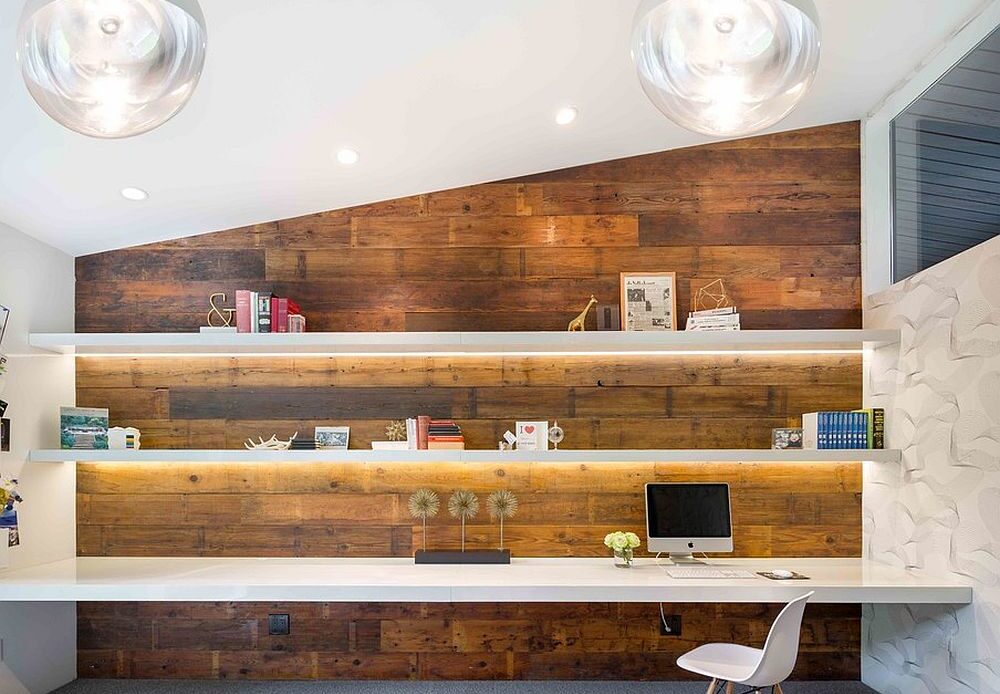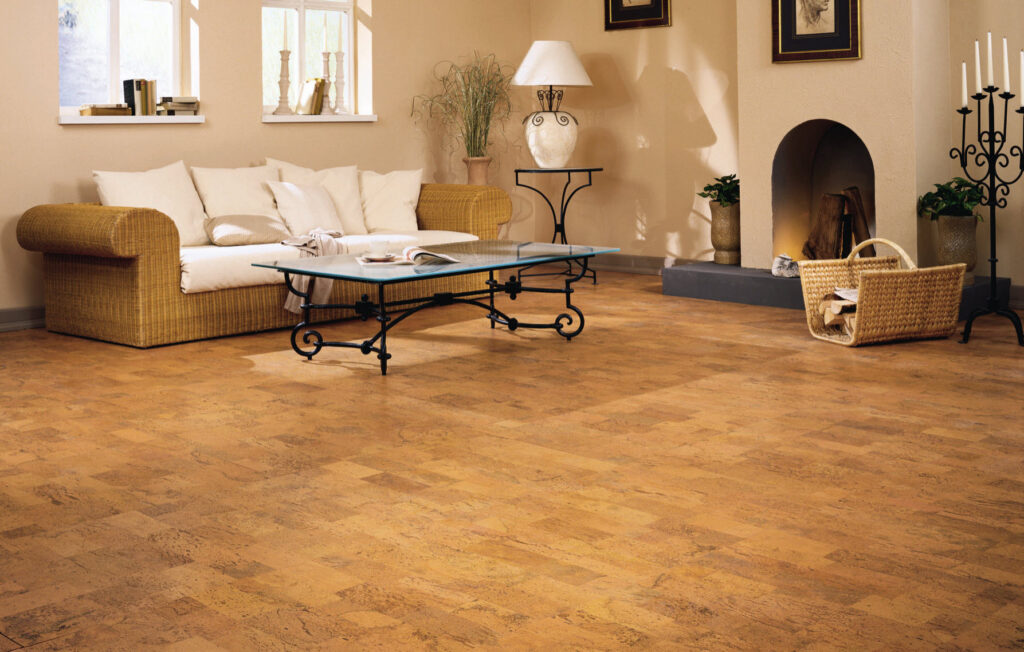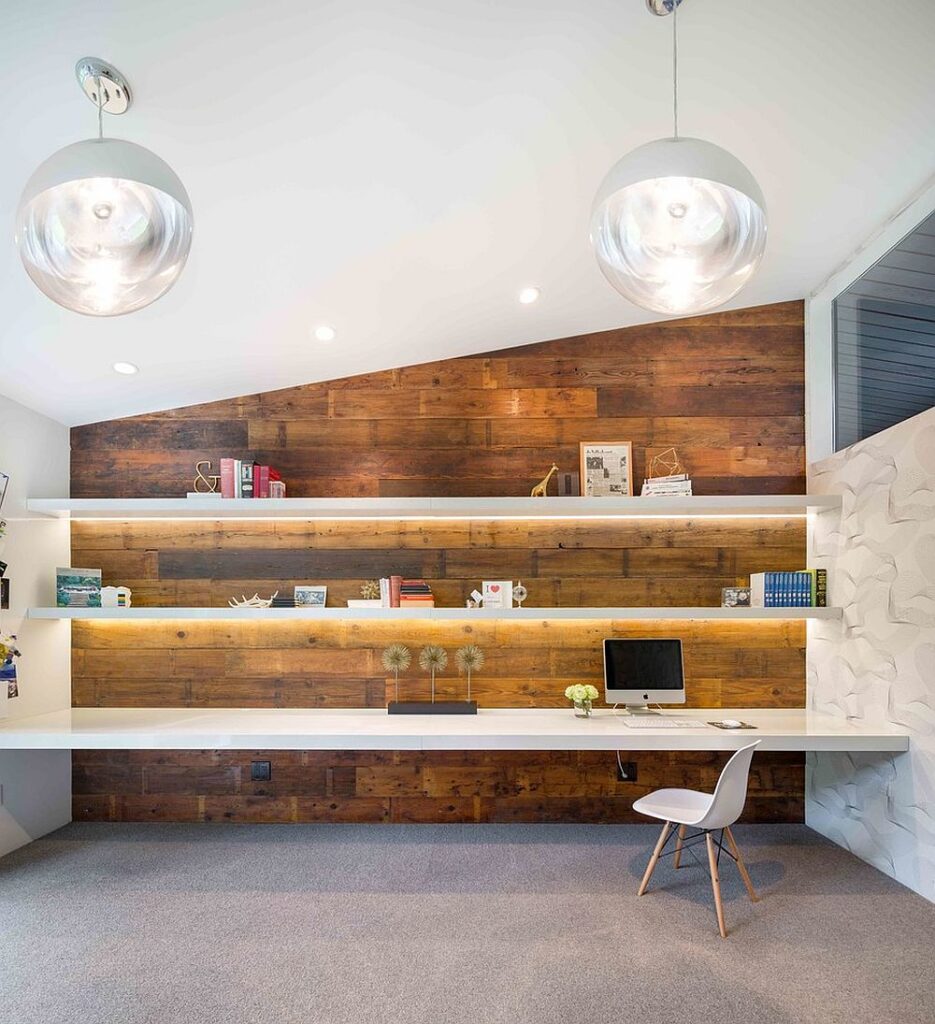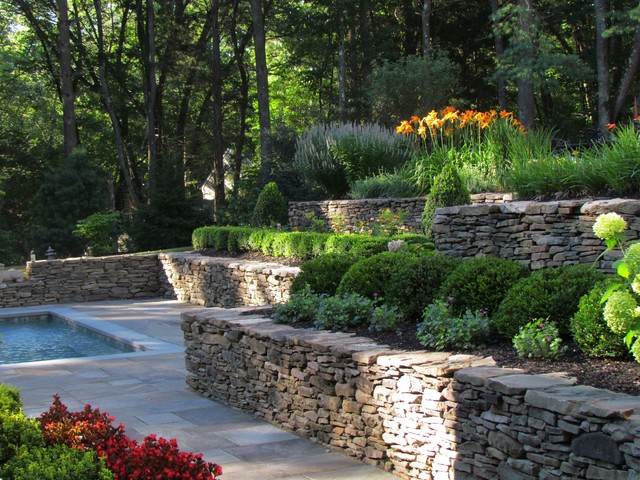
In an era where environmental consciousness is at the forefront of our minds, the concept of eco-friendly homes has gained significant traction. From reducing carbon footprints to promoting healthier living environments, sustainable design practices have become a top priority for homeowners worldwide. If you’re considering renovating your space with sustainability in mind, exploring eco-friendly materials is a crucial step toward creating a greener home. Let’s delve into some sustainable materials that can transform your living space into an environmentally responsible haven.

1.Bamboo: The Versatile Wonder: Bamboo has emerged as a favorite among eco-conscious homeowners for its sustainability and versatility. As one of the fastest-growing plants on the planet, bamboo can be harvested without causing harm to the environment. Its strength and durability make it an excellent choice for flooring, cabinetry, furniture, and even decorative accents. In addition to being renewable, bamboo also has natural antibacterial properties, making it a hygienic and eco-friendly option for various home applications.

2. Recycled Glass: Beauty in Sustainability:For homeowners seeking a touch of elegance combined with sustainability, recycled glass is a compelling choice. This eco-friendly material is created by melting down post-consumer glass bottles and other glass waste, reducing the demand for raw materials and energy-intensive production processes. Recycled glass can be transformed into stunning countertops, tiles, and decorative elements, adding a unique aesthetic to your home while minimizing environmental impact.

3.Cork: Natural and Renewable: Cork is another sustainable material that has gained popularity in home design. Harvested from the bark of cork oak trees, this renewable resource can be harvested without harming the tree, allowing for sustainable production practices. Cork’s natural insulating properties make it ideal for flooring, wall coverings, and even furniture. Its resilience, thermal insulation, and acoustic qualities make it a smart choice for creating a comfortable and eco-friendly living environment.

4.Reclaimed Wood: Embracing History: Embracing the charm of history, reclaimed wood offers a sustainable alternative to traditional lumber. Salvaged from old buildings, barns, and factories, reclaimed wood not only reduces the demand for new timber but also adds character and uniqueness to your home. Whether used for flooring, beams, or accent walls, reclaimed wood tells a story of the past while contributing to a greener future.

5. Recycled Metal: Strength and Sustainability:
Recycled metal, such as aluminum, steel, and copper, presents a durable and eco-friendly option for various home applications. By using recycled metal, you can minimize the environmental impact of mining and processing raw materials. From roofing and siding to fixtures and furnishings, recycled metal offers strength, longevity, and aesthetic appeal while promoting sustainable practices.

6. Natural Stone: Timeless Elegance: While natural stone is not a new concept in home design, opting for locally sourced and responsibly quarried stone can enhance the sustainability of your project. Stones like granite, marble, and limestone can be sourced with consideration for environmental impact and social responsibility. Incorporating natural stone into your home adds a touch of timeless elegance while supporting sustainable practices within the stone industry.
As we navigate towards a more sustainable future, incorporating eco-friendly materials into our homes plays a crucial role in reducing our environmental footprint. From bamboo and recycled glass to cork and reclaimed wood, there are numerous sustainable options available for homeowners looking to renovate responsibly. By embracing these materials, you not only create a healthier and more eco-conscious living environment but also contribute to the preservation of our planet for future generations.

